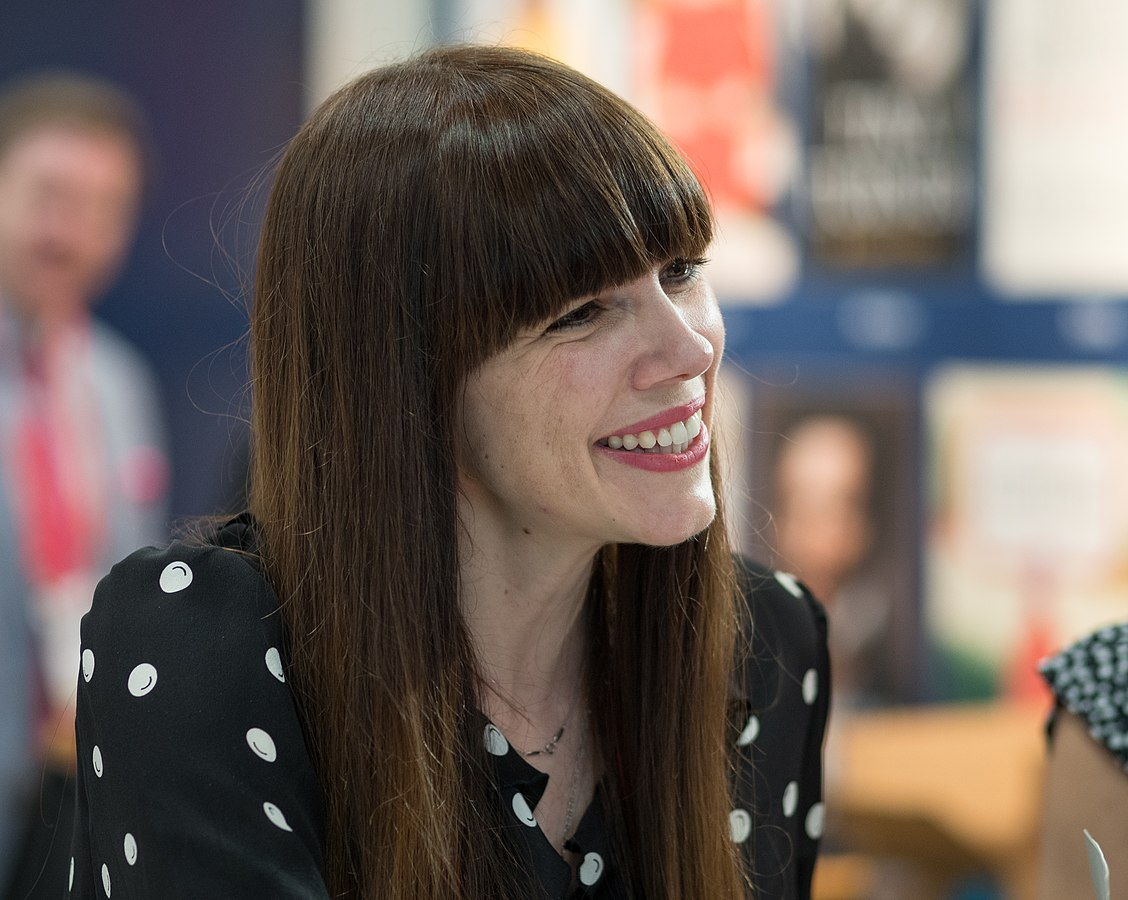Title of the work
Country of the First Edition
Country/countries of popularity
Original Language
First Edition Date
First Edition Details
Ian Jenkins, Explore the Parthenon: An Ancient Greek Temple and Its Sculptures. London: British Museum Press, 2009, 36 pp.
ISBN
Genre
Nonfiction*
Target Audience
Children (older children, adults)
Cover

We are still trying to obtain permission for posting the original cover.
Author of the Entry:
Susan Deacy, University of Roehampton, s.deacy@roehampton.ac.uk
Peer-reviewer of the Entry:
Elżbieta Olechowska, University of Warsaw, elzbieta.olechowska@gmail.com
Daniel A. Nkemleke, University of Yaoundé 1, nkemlekedan@yahoo.com

Ian Jenkins
Ian Jenkins is a museum curator and classical archaeologist. He holds a degree in Ancient Greek with Archaeology from the University of Bristol and a PhD from the University of London on the collection history and reception of classical, Assyrian and Egyptian sculpture at the British Museum, awarded in 1990. Since joining the British Museum as a curator in 1978, Jenkins has published numerous books and articles including Archaeologists and Aesthetes in the Sculpture Galleries of the British Museum 1800-1939 (1992), The Parthenon Frieze (1994), and Greek Architecture and its Sculpture:In the British Museum (2006). He has also curated several major exhibitions, investigated how to make the Parthenon frieze accessible to visually impaired people and been a spokesperson for the Museum on the “Elgin Marbles” controversy. He was awarded the Order of the British Empire in 2010.
Sources:
en.wikipedia.org (accessed: August 3, 2020);
Kennedy, Maev, “Mutual attacks mar Elgin Marbles debate”, Guardian, 1 December 1999;
theguardian.com (accessed: August 3, 2020);
British Museum materials on the author and the Parthenon sculptures (accessed: August 18, 2020).
Bio prepared by Susan Deacy, University of Roehampton, s.deacy@roehampton.ac.uk

Kate Morton by Rhododendrites. Retrieved from Wikimedia Commons, licensed under CC BY-SA 4.0 (accessed: January 25, 2022).
Kate Morton (Illustrator)
Kate Morton is an illustrator whose work includes illustrations for the British Museum books Greek Architecture and Its Sculpture: In the British Museum (2006) and Explore the Parthenon: An ancient Greek temple and its sculptures (2009).
Bio prepared by Susan Deacy, University of Roehampton, s.deacy@roehampton.ac.uk
Summary
This book provides a thorough overview of the sculptures of the Parthenon along with contextual details including on ancient Athenian politics, mythology, deities and festivals. The book is divided into clear sections, each of which starts with a brief introduction in bold type, followed by an overview of the topic under discussion. Ian Jenkins’s text is complemented with photos of the sculptures and illustrations by Kate Morton. Morton’s illustrations support and clarify to some of the points raised in the texts, for example what the original colour of the sculptures might have looked like and how the now-fragmentary deities on the Parthenon frieze deities might once have appeared. A final section provides a brief account of the building and its sculpture since antiquity. The reference to one of the books in the “Further Reading” section at the end (p. 36) as being “for older readers” points to the target audience being children, although the book would suit adult readers too.
Analysis
While other authors have explored various ways of interpreting aspects of the Parthenon, some (e.g. Cosmopoulos 2004) even advocating a sub-discipline of “Parthenon Studies,” Jenkins presents authoritative explanations of such issues as the iconography of the various sections of the Parthenon, and how and why the building came to be constructed. That said, as Jenkins makes clear, some aspects are open to more than one interpretation. For instance, as Jenkins states, the identity of the distinguished-looking males at the head of the procession on the frieze surrounding the building could be civic officials, but they could, conversely, be local Athenian heroes (p. 29).
In contrast to other books – including those for children (e.g. Edwards 2016) – which offer a range of perspectives on the Parthenon and what it means to learn about it today, the current book’s readers might come away with a sense that the building was a straightforward and uncontroversial creation of the Athenian state under Perikles. As others (e.g. Neils 2005) have demonstrated, meanwhile, the relationship between the Parthenon and the values and people of the city was likely more nuanced.
Missing from the book – again in contrast to e.g. Edwards 2016 – is an explanation of the controversies surrounding the Parthenon since the removal of much of the sculpture in the early nineteenth century. That said, the use of “rescue” in the title of the final section of the book (“destruction and rescue,” pp. 34–35) might intimate Jenkin’s position as a spokesperson for the British Museum’s case for the retention of the “Elgin Marbles” (see Kennedy 1999).
Further Reading
Cosmopoulos, Michael B., ed., The Parthenon and Its Sculptures, Cambridge: Cambridge University Press, 2004.
Edwards, Roberta, Where is the Parthenon?, Harmondsworth: Penguin Workshop, 2016.
Kennedy, Maev, “Mutual attacks mar Elgin Marbles debate”, Guardian, 1 December 1999.
theguardian.com (accessed: August 3, 2020).
Neils, Jenifer, ed., The Parthenon: From Antiquity to the Present, Cambridge: Cambridge University Press, 2005.


